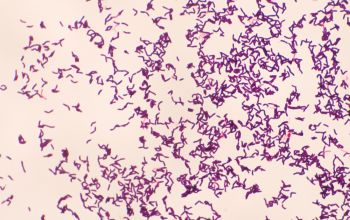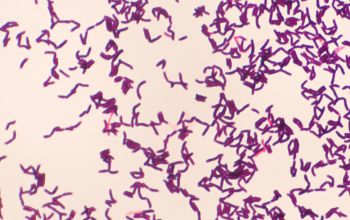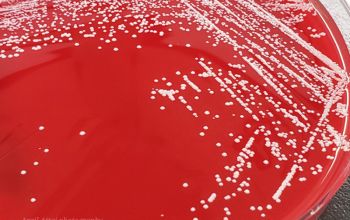Turicella otitidis
-
General information
Taxonomy
Family: Corynebacteriaceae
Genus: Turicella otitidis
Formely: Corynebacterium otitidis
Natural habitats
The habitat of T. otitidis seems to be confined almost exclusively to the ear or adjoining areas, and T otitidis does not appear to form part of the commensal flora at any other anatomical site.
Clinical significance
Its significans in acute or chronic otitis media is controversial.
The true pathogenic status of T. otitidis remains unclear, primely due to underreporting of the coryneform bacteria from many clinical specimens.
These organisms are often dismissed as contaminants by laboratorians and clinicians alike.
Therefore only in the presence of consistent reporting in association with clinical findings can the true pathogenicity of this organism be determined.
-
Gram stain
Highly irregular, relatively long Gram positive rods,
-
Culture characteristics
-
Obligate aerobic
BA: colonies are nonhemolytic, whitish, convex and creamy, with entire edges, and are 1 to 1.5 mm in diameter after 48h of incubation.
Some young colonies show a greenish appearance when taken away from the plates with a swab.
BBAØ: no growth
CAMP-test: strong positive
-
-
Characteristics
-
References
James Versalovic et al.(2011) Manual of Clinical Microbiology 10th Edition
Karen C. Carrol et al (2019) Manual of Clinical Microbiology, 12th Edition
Photo: BA 48 hours__https://twitter.com/DogIsMyMantra/status/1324129238254034947




